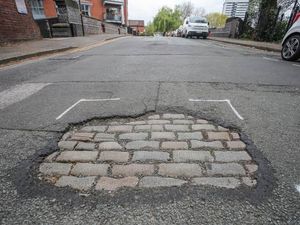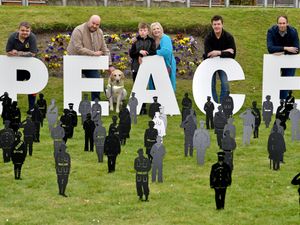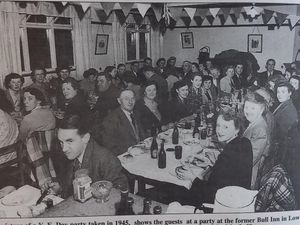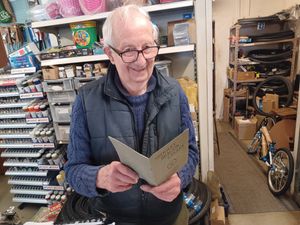Explosive truth of how Wednesbury chapel lost its steeple
Here's a church, here's a steeple, here is a bomb... and that's it really.
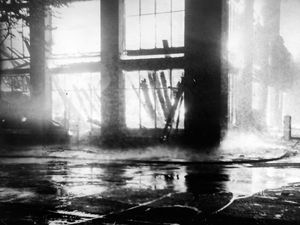
Delving into our photo archives the other day we came across some fascinating images recording the impact of the Blitz on the West Midlands including one showing a damaged steeple at Wednesbury, although you're not supposed to know that, or at least were not supposed to know it back in 1940.
Our print, which has a date stamp of October 26 that year, was originally published with a caption which read: "The top of this steeple of the cemetery chapel in a West Midland town was knocked off by a projectile during Thursday night's raids and the roof was damaged by falling masonry, but no one was injured."
While the exact location was suppressed because of wartime censorship, somebody helpfully typed on the back "Wednesbury's damaged steeple" and there was also a handwritten annotation "Wood Green Cemetery Chapel – these facts not for publication."
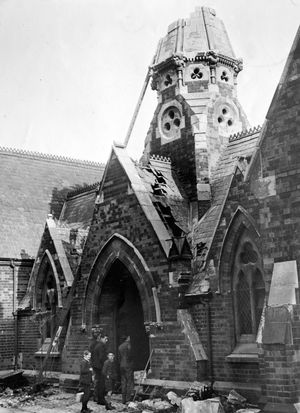
We haven't been to look, but have an idea that the chapel afterwards did not have a steeple. Did they never bother to repair it then?
The wording of the original caption is a little curious too, as it does not mention a bomb, but talks about a projectile.
While that raid was in 1940, the Wolverhampton area was to feel the heat again in the summer of 1942. The Express & Star of Friday, July 31, reported that eight people were killed and many injured in three West Midlands towns when, for the third time in four nights, fire bombs were scattered over a wide area in the district.
The Luftwaffe raiders dropped hundreds of incendiary bombs first, and then followed up with high explosives.
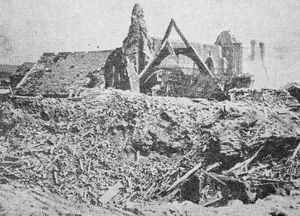
Once again, the areas hit were not identified due to censorship, so it takes local historians and local knowledge to work out now where they were.
However the paper said it was "one West Midland town's biggest raid of the war" which, piecing together various clues including names of victims, refers to Wolverhampton.
The paper published a series of dramatic pictures, the dramatic main one on the front page showing shattered houses in a street – we've published that particular picture in the past and readers identified it as Willenhall Road in Wolverhampton.
"A number of fires, mostly in business premises, caused considerable damage, and a hospital, which had a shower of incendiaries in the early stages of the raid, was saved from serious damage by the prompt action of the staff, including nurses, who kicked bombs off the roof and otherwise dealt with them most promptly," the newspaper said.
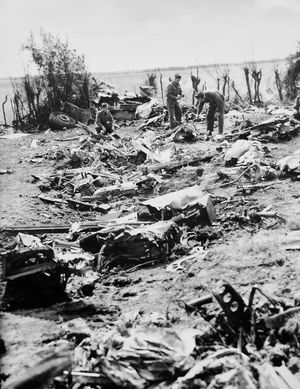
In one town fires were started in a bus depot, destroying seven double-deckers, and the Midland vicar in another town had lost his church.
"It was completely razed to ground level by Nazi bombs in the early hours of this morning.
"Over 20 women and children evacuated from their homes through delayed action bombs being found in the vicinity had another lucky escape.
"A rest centre in the parish hall adjoining the demolished church was completely destroyed, the people having been removed to a hostel only a few hours earlier."
The raiders did not have it all their own way. Nine were reported to have been shot down and a few days later, on August 4, the Express & Star published a photo of the wreckage of a downed German bomber which was "shot down during a recent attack on the West Midlands."
As before, no location was given for where it had crashed.

